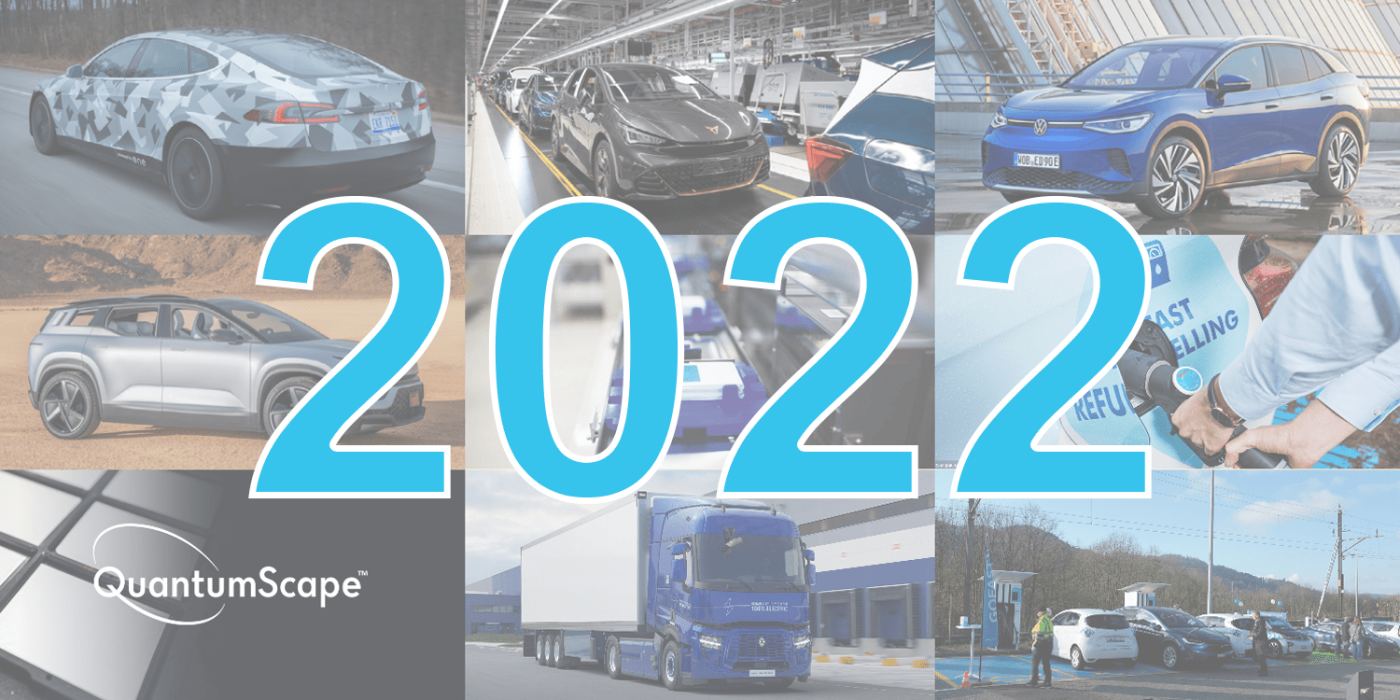2022 in review: Rediscover the most popular articles in each month
This is our review of 2022, where we recapture the most important news and most read articles month by month – with a quick update on how each story developed throughout the year.
Before we get into it, please note that we will be back in your inbox with our daily news briefing only on 03 January 2023. Our reporting rests during the holiday season, so feel free to dive into the archives using the search or visit us on our social profiles.
* * *
– January –
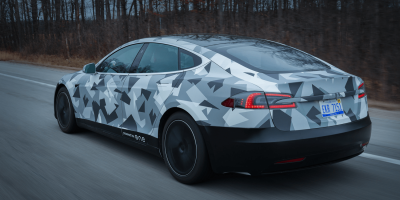 Our Next Energy pushes 1,000 km in Tesla Model S: The year started with a bang with the US battery startup Our Next Energy, ONE for short, using a Tesla to demonstrate the power of their battery pack Gemini. ONE, backed by BMW, installed 203.7 kWh capacity with an energy density of 416 Wh/l. BMW later in June said they wanted to use the Gemini in the upcoming iX EV; Tesla, of course, will be sticking with its own technology. Throughout the year, Our Next Energy also managed to secure a site in Michigan to start building batteries and scored a supply contract with Bollinger Motors to fit batteries for commercial vehicles.
Our Next Energy pushes 1,000 km in Tesla Model S: The year started with a bang with the US battery startup Our Next Energy, ONE for short, using a Tesla to demonstrate the power of their battery pack Gemini. ONE, backed by BMW, installed 203.7 kWh capacity with an energy density of 416 Wh/l. BMW later in June said they wanted to use the Gemini in the upcoming iX EV; Tesla, of course, will be sticking with its own technology. Throughout the year, Our Next Energy also managed to secure a site in Michigan to start building batteries and scored a supply contract with Bollinger Motors to fit batteries for commercial vehicles.
Continue to the original news on electrive.com >>
* * *
– February –
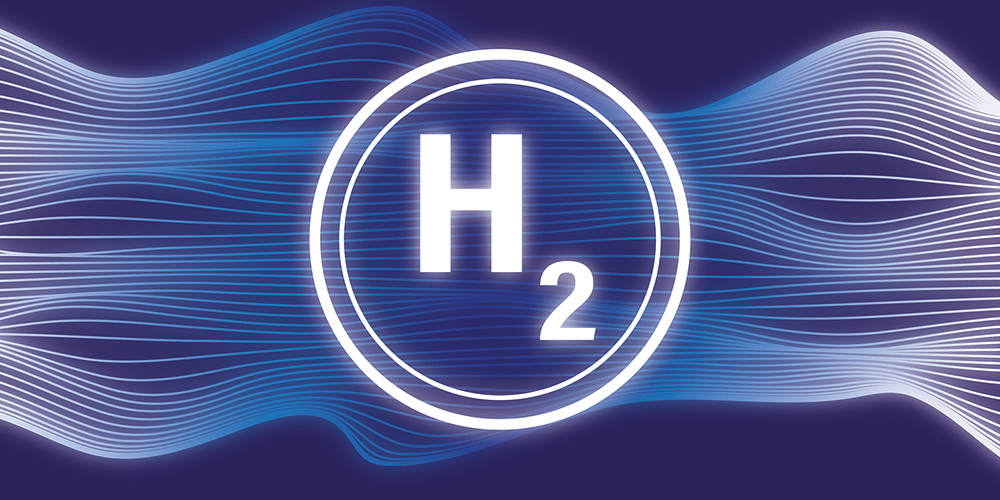 H2 consortium ‘FlatHyStor’ launches in Germany: Bosch, BMW, Hexagon Purus and Testnet Engineering in February announced they were working on a flat hydrogen tank for the underbody of future fuel cell cars. The FlatHyStor project (Functional design and testing of an innovative hydrogen tank system) received a six-million-euro grant in Germany. The first tank was to be ready around now, but there has been no news. However, BMW started small-scale production of the iX5 Hydrogen at the Munich Research and Innovation Centre (FIZ) in December.
H2 consortium ‘FlatHyStor’ launches in Germany: Bosch, BMW, Hexagon Purus and Testnet Engineering in February announced they were working on a flat hydrogen tank for the underbody of future fuel cell cars. The FlatHyStor project (Functional design and testing of an innovative hydrogen tank system) received a six-million-euro grant in Germany. The first tank was to be ready around now, but there has been no news. However, BMW started small-scale production of the iX5 Hydrogen at the Munich Research and Innovation Centre (FIZ) in December.
Continue to the original news on electrive.com >>
* * *
– March –
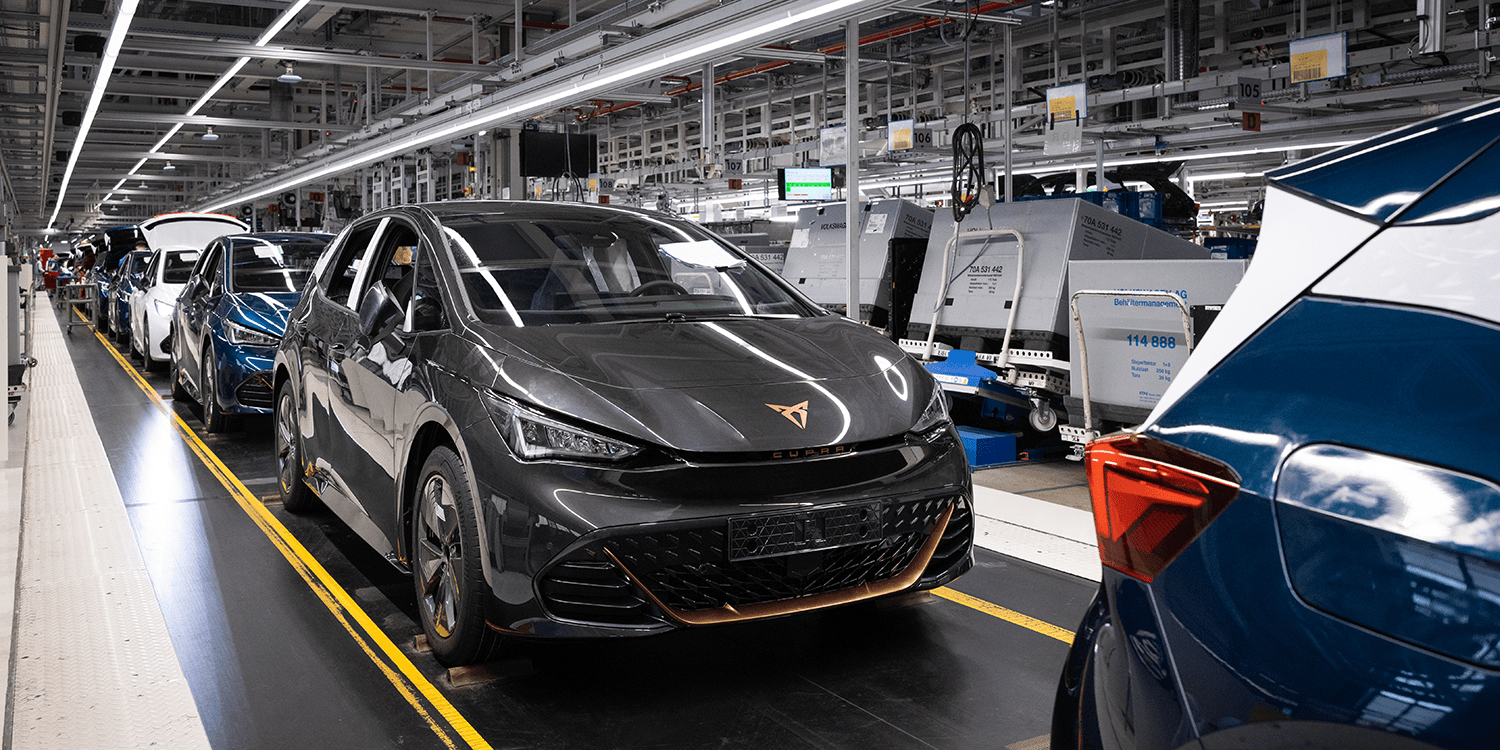 VW has to halt production due to supply issues: With the Russian invasion of Ukraine starting, news of supply chain disruptions started coming in March. Volkswagen was among the first to say its EV plant in Zwickau, Germany, would not resume production until the beginning of April due to a lack of cable harnesses usually made by Leoni in Ukraine. VW resumed production three weeks later and, in June, returned to full three shifts. Later in November, Zwickau set a production record when workers made 7,100 electric in seven days, more than in any previous week. This means that the plant is close to reaching total capacity.
VW has to halt production due to supply issues: With the Russian invasion of Ukraine starting, news of supply chain disruptions started coming in March. Volkswagen was among the first to say its EV plant in Zwickau, Germany, would not resume production until the beginning of April due to a lack of cable harnesses usually made by Leoni in Ukraine. VW resumed production three weeks later and, in June, returned to full three shifts. Later in November, Zwickau set a production record when workers made 7,100 electric in seven days, more than in any previous week. This means that the plant is close to reaching total capacity.
Continue to the original news on electrive.com >>
* * *
– April –
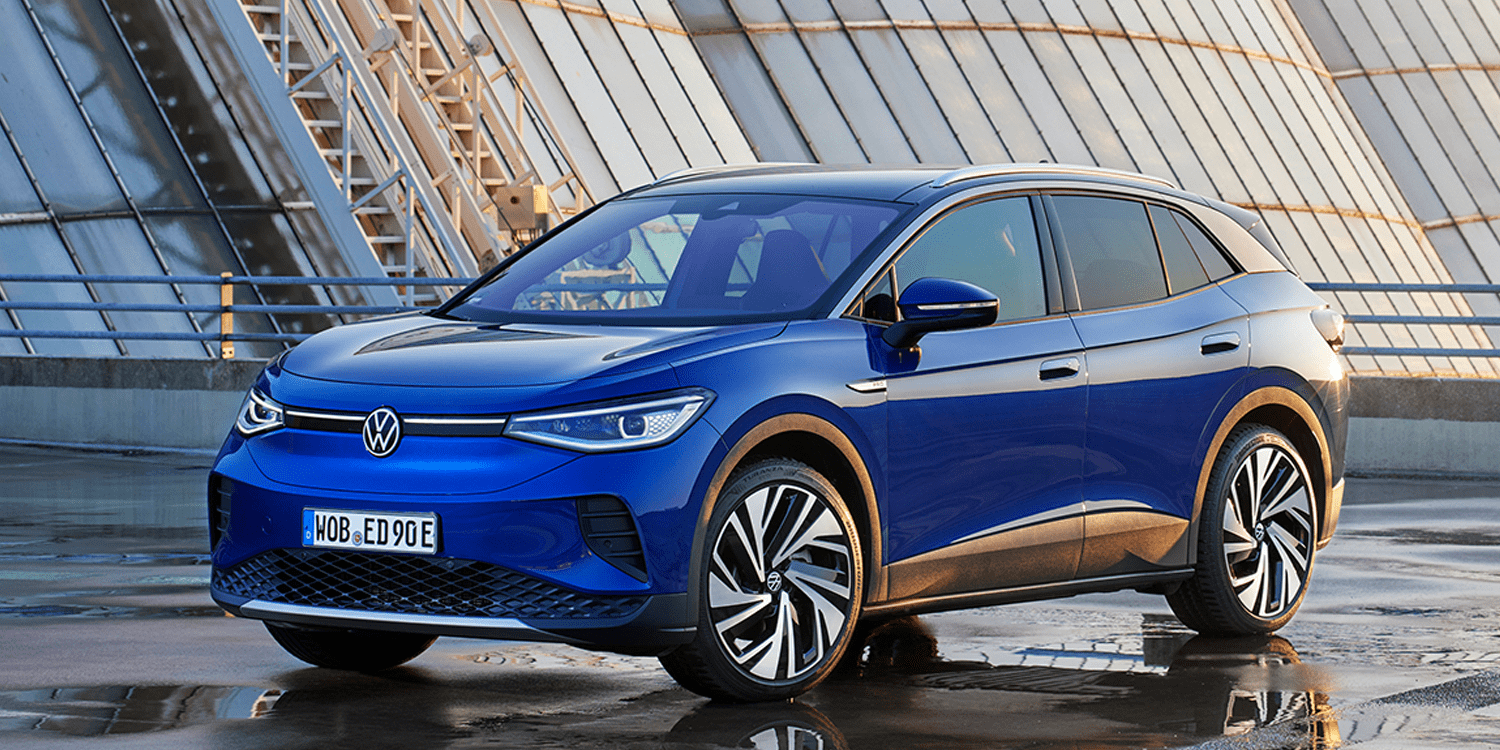 Zwickau was not the only VW plant running strong: In April, VW announced plans to start series production of the ID.4 at the Emden plant in May, creating hype among our readers with over 20,000 clicks in a day. VW brand CEO Ralf Brandstätter and his successor Thomas Schäfer had come to the plant in Lower Saxony to announce the plan would deliver on schedule. Since then, the ID.4 electric SUV is made at the German sites in Zwickau and Emden and the Chinese VW plants in Anting and Foshan. In the autumn of this year, VW also started production for the US market in Chattanooga, Tennessee, as planned.
Zwickau was not the only VW plant running strong: In April, VW announced plans to start series production of the ID.4 at the Emden plant in May, creating hype among our readers with over 20,000 clicks in a day. VW brand CEO Ralf Brandstätter and his successor Thomas Schäfer had come to the plant in Lower Saxony to announce the plan would deliver on schedule. Since then, the ID.4 electric SUV is made at the German sites in Zwickau and Emden and the Chinese VW plants in Anting and Foshan. In the autumn of this year, VW also started production for the US market in Chattanooga, Tennessee, as planned.
Continue to the original news on electrive.com >>
* * *
– May –
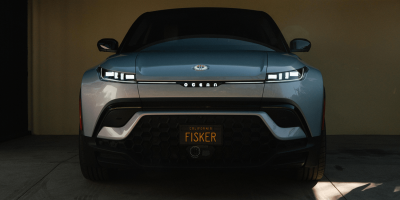 Fisker gets ready to have Magna make Ocean EVs: Staying within the manufacturing world, Fisker declared it wanted to triple production of its Ocean SUV from 2024 through contract manufacturer Magna. And Magna would prove to be able to work to schedule when the first Ocean rolled off the lines on a set day in November. The plans beyond 2022 remain interesting – the coming year shall see 50,000 e-SUVs made in Austria, and Fisker says it holds over 63,000 reservations to date.
Fisker gets ready to have Magna make Ocean EVs: Staying within the manufacturing world, Fisker declared it wanted to triple production of its Ocean SUV from 2024 through contract manufacturer Magna. And Magna would prove to be able to work to schedule when the first Ocean rolled off the lines on a set day in November. The plans beyond 2022 remain interesting – the coming year shall see 50,000 e-SUVs made in Austria, and Fisker says it holds over 63,000 reservations to date.
Continue to the original news on electrive.com >>
* * *
– June –
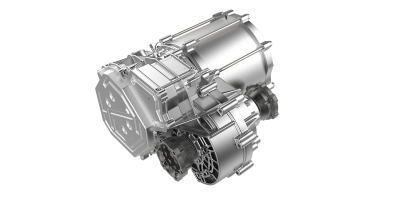 Vitesco EES motor uses coils instead of magnets: Last June, Vitesco announced the development of a separately excited synchronous electric motor, optimised for long-distance driving at higher speeds. As shown at the EVS35 in Oslo, unlike the permanently excited synchronous motors (PSM) widely used today, externally excited synchronous motors (EESM) do not require rare earth metals. This news had the most clicks in 2022 and was a hit on our LinkedIn page. Vitesco’s eMobility Components unit in October further reported they had scored orders worth around €10 billion in the last two and a half years. Vitesco expects the electrification business to break even in 2024.
Vitesco EES motor uses coils instead of magnets: Last June, Vitesco announced the development of a separately excited synchronous electric motor, optimised for long-distance driving at higher speeds. As shown at the EVS35 in Oslo, unlike the permanently excited synchronous motors (PSM) widely used today, externally excited synchronous motors (EESM) do not require rare earth metals. This news had the most clicks in 2022 and was a hit on our LinkedIn page. Vitesco’s eMobility Components unit in October further reported they had scored orders worth around €10 billion in the last two and a half years. Vitesco expects the electrification business to break even in 2024.
Continue to the original news on electrive.com >>
– July –
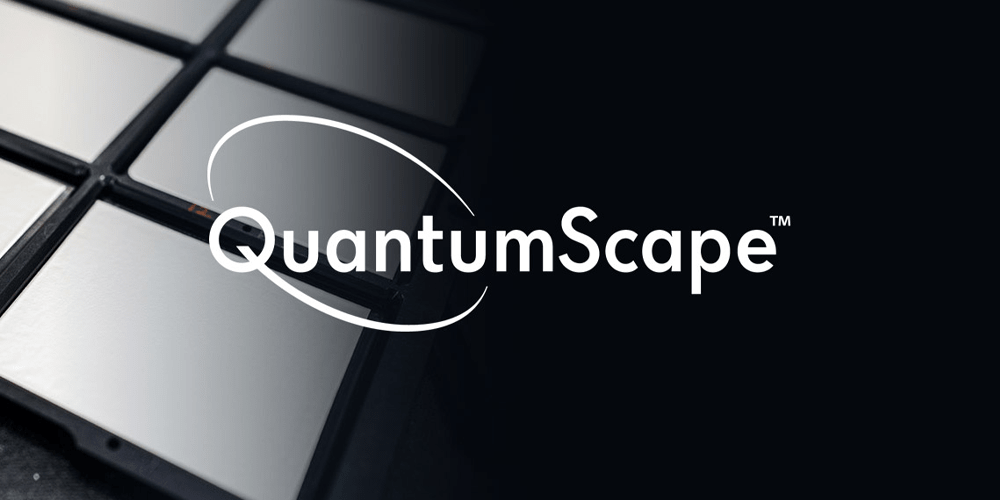 QuantumScape progresses solid-state batteries: The US start-up Quantumscape, heavily backed by Volkswagen, claimed bold strides in its second letter to shareholders in the middle of the year. The company said it successfully built and was already testing 24-layer cell prototypes, up from 16 layers at the beginning of 2022. QuantumScape then went ahead to deliver A-samples of said cells to carmakers for testing this December, stressing that “considerable work” remains to be done before bringing these cells to market.
QuantumScape progresses solid-state batteries: The US start-up Quantumscape, heavily backed by Volkswagen, claimed bold strides in its second letter to shareholders in the middle of the year. The company said it successfully built and was already testing 24-layer cell prototypes, up from 16 layers at the beginning of 2022. QuantumScape then went ahead to deliver A-samples of said cells to carmakers for testing this December, stressing that “considerable work” remains to be done before bringing these cells to market.
Continue to the original news on electrive.com >>
* * *
– August-
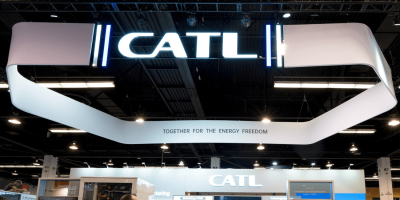 CATL becomes the world’s largest cell supplier: One-third of battery cells utilised in EVs worldwide were made by Chinese Contemporary Amperex Technology, better known as CATL. According to SNE Research, these were EV batteries worth 203.4 GWh, with CATL delivering 70.9 GWh for a market share of 34.8 per cent in the first half of the year. And CATL showed no signs of stopping – the company started cell production in Germany in December and agreed to build battery cells with Ford in the US, among other cooperations.
CATL becomes the world’s largest cell supplier: One-third of battery cells utilised in EVs worldwide were made by Chinese Contemporary Amperex Technology, better known as CATL. According to SNE Research, these were EV batteries worth 203.4 GWh, with CATL delivering 70.9 GWh for a market share of 34.8 per cent in the first half of the year. And CATL showed no signs of stopping – the company started cell production in Germany in December and agreed to build battery cells with Ford in the US, among other cooperations.
Continue to the original news on electrive.com >>
* * *
– September –
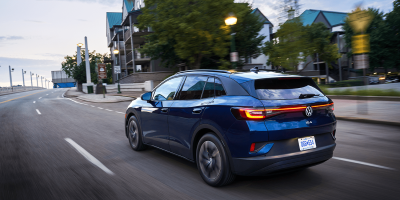 VW recalls ID.3 and ID.4 cars with battery issues: In September, VW had to ask owners of around 10,000 ID.3 and ID.4 electric cars to visit the workshops. Their battery cells could show an increased self-discharge due to a manufacturing defect, so the carmaker and affected EVs built in 2020. These issues may become less or at least centralised in future – Volkswagen bundled all battery business in PowerCo this year, and future models will rely on the unit cell built by a network of factories and partners such as Northvolt or Umicore.
VW recalls ID.3 and ID.4 cars with battery issues: In September, VW had to ask owners of around 10,000 ID.3 and ID.4 electric cars to visit the workshops. Their battery cells could show an increased self-discharge due to a manufacturing defect, so the carmaker and affected EVs built in 2020. These issues may become less or at least centralised in future – Volkswagen bundled all battery business in PowerCo this year, and future models will rely on the unit cell built by a network of factories and partners such as Northvolt or Umicore.
Continue to the original news on electrive.com >>
* * *
– October –
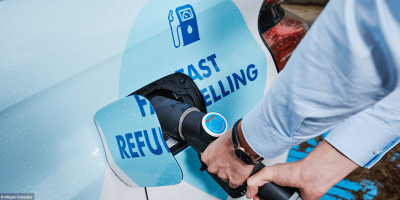 Shell silently pulls the plug on fuel cars in the UK: Shell closed down all its hydrogen filling stations in the UK that October, saying the installed prototype tech had reached its end of life. However, this was just one part of the story. According to operator Motive, the refilling sites were not profitable because there were too few fuel-cell cars around. Therefore, Shell decided to switch tactics and build “multi-modal hubs” for electrified heavy-duty trucks in the UK.
Shell silently pulls the plug on fuel cars in the UK: Shell closed down all its hydrogen filling stations in the UK that October, saying the installed prototype tech had reached its end of life. However, this was just one part of the story. According to operator Motive, the refilling sites were not profitable because there were too few fuel-cell cars around. Therefore, Shell decided to switch tactics and build “multi-modal hubs” for electrified heavy-duty trucks in the UK.
Continue to the original news on electrive.com >>
* * *
– November –
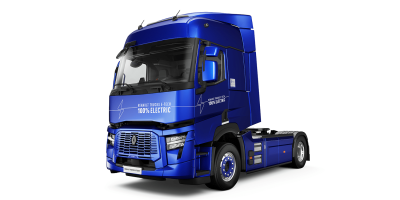 Renault releases 44-tonne electric trucks: Renault Trucks used the year’s final months to show the E-Tech T and E-Tech C trucks in the full design and simultaneously opened reservations for both models, including production slots for hauliers. Announced in March with initial specs, production will start in Bourg-en-Bresse, France, in late 2023. Two or three electric motors can deliver up to 490 kW, and the max range is 300 kilometres. By 2030, Renault Group targets generating 50 per cent of its sales from electric vehicles before becoming locally CO2-neutral by 2040.
Renault releases 44-tonne electric trucks: Renault Trucks used the year’s final months to show the E-Tech T and E-Tech C trucks in the full design and simultaneously opened reservations for both models, including production slots for hauliers. Announced in March with initial specs, production will start in Bourg-en-Bresse, France, in late 2023. Two or three electric motors can deliver up to 490 kW, and the max range is 300 kilometres. By 2030, Renault Group targets generating 50 per cent of its sales from electric vehicles before becoming locally CO2-neutral by 2040.
Continue to the original news on electrive.com >>
* * *
– December –
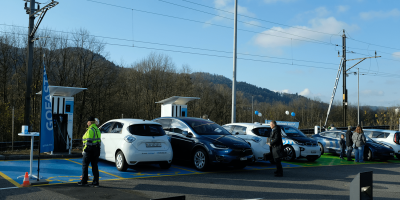 There is no EV driving ban in Switzerland, at least not in the form that some media suggested. We took to investigating the news behind various reports in December which had claimed Switzerland was planning to ban EVs from driving and charging. It turned out the truth behind the news was not quite that wild but part of a draft for emergency measures in case of power cuts. We hope you will stay well connected and close this year’s review with best wishes for 2023 – may it be electrified!
There is no EV driving ban in Switzerland, at least not in the form that some media suggested. We took to investigating the news behind various reports in December which had claimed Switzerland was planning to ban EVs from driving and charging. It turned out the truth behind the news was not quite that wild but part of a draft for emergency measures in case of power cuts. We hope you will stay well connected and close this year’s review with best wishes for 2023 – may it be electrified!
Continue to the original news on electrive.com >>
>> The first newsletter of 2023 will arrive in your inbox on 3 January and you can still subscribe here. We also update our LinkedIn page regularly and much appreciate your recommendations, shares and comments. <<

